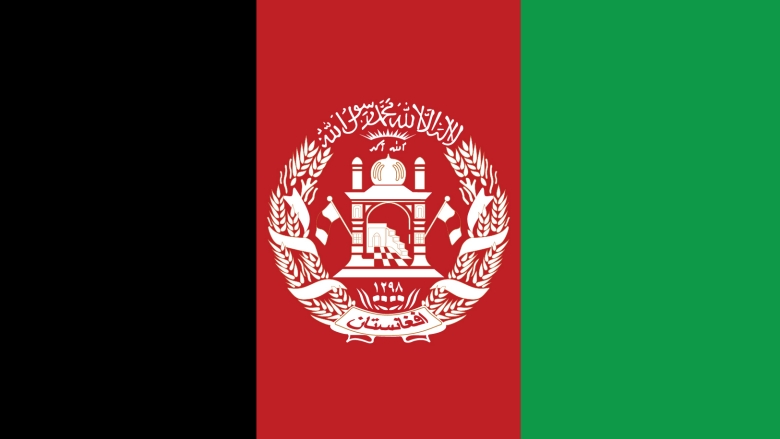Chapters
Chapter 1 | Opportunities amid lingering challenges
South Asia is confronted with both opportunities and challenges. Falling global energy prices have eased domestic inflationary pressures, lowered import bills, and improved countries’ terms of trade. China’s reopening has reduced disruptions in global value chains and boosted tourism in Maldives. These positive developments in the world have allowed some countries to phase out ad hoc measures such as energy subsidies, import restrictions, and loan moratorium programs. These policy changes have helped governments’ fiscal consolidation to rein in public debt and reduce debt servicing costs. But challenges linger especially in the external and financial sectors. Monetary policy tightening by advanced economies has increased borrowing costs and led to capital outflows and currency depreciation pressures in South Asian countries. Increasing risks in the financial sector have manifested in deteriorating asset quality in some countries and rising sovereign-bank linkages in others. To address these challenges, countries face difficult policy choices: while interventions in the foreign exchange market and import restrictions help reduce short-term fluctuations, these policies can backfire and hurt long-term growth and competitiveness.
Spotlight | The informal foreign exchange market and capital controls: A South Asian tale
Faced with intensifying balance-of-payments pressures, some countries have tightened exchange and capital controls, for example through import quantitative and financing restrictions. These restrictions can be circumvented through under-invoicing of imports or informal capital outflows—especially in countries with a large Hundi or Hawala informal exchange system. This in turn attracts foreign exchange inflows into the informal channel, leading to reduced inflows of official foreign reserves and a dual exchange rate.
Chapter 2 | Navigating economic uncertainties
Amid the uncertainty and unfavorable macro-financial conditions, growth in South Asia is expected to slow with an annual growth rate of 5.6 percent in 2023. Weak consumption, the ongoing fiscal consolidation, the fragile economic situations in Afghanistan and Sri Lanka, and the uncertain prospects in Pakistan all contribute to the slowdown. Countries in the region face uncertainties from the growth prospects of high-income countries, the path of monetary tightening in the United States, the trend in global commodity prices, and deteriorating conditions in domestic financial sectors. Faced with limited fiscal space and tightening global financial conditions, South Asian countries will require substantial climate investments to address the vulnerability to climate hazards and rising energy demand.
Chapter 3 | Expanding opportunities: A map for equitable growth in South Asia
Among South Asians, calls for re-distribution—i.e., support for the statement that “incomes should be made more equal”—are among the highest in the world and have been increasing. A possible explanation is that circumstances outside the individuals' control, such as parents' education, geographic birth location, caste, and gender, are key constraints to economic and social achievements in the lives of people of the South Asia region. Leveraging a large data harmonization effort across multiple nationally representative household surveys, this chapter assesses that circumstances account for a share of 40 to 60 percent of inequality in consumption and education. In terms of trends, during the last three decades, inequality of opportunity has decreased for education but not for consumption. While substantial progress has been made in achieving universal enrollment in primary education in South Asia, large disparities remain in the quality of education, enrollment rates in higher education and earnings in the labor market. The low social mobility in the region is not only unfair, but also inefficient. It stifles long term growth as it prevents an optimal allocation of talent and reduces the incentives for human capital accumulation. A policy focus on more inclusive growth is an important step to address the calls for re-distribution, especially when public support is needed to accompany the macroeconomic adjustments the region is embarking on.













